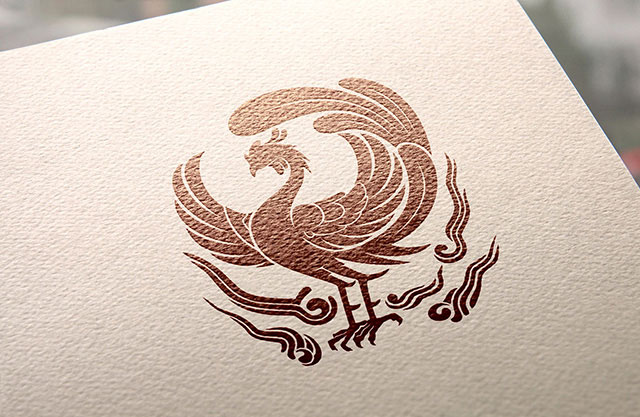Special paper is made from different fibers using a paper machine to produce paper with special functions. For example, raw materials such as synthetic fibers, synthetic pulp, or mixed wood pulp are used separately. And modified or processed with different materials to endow the paper with different functions and purposes.

Due to the wide variety and varying design effects. The following will only introduce the applications of several commonly used in printing special papers.
1. Plant parchment (sulfuric acid paper)
Because it is a semi transparent paper, sulfuric acid paper is often used as a ring lining or backing paper for books in modern design. Which can better highlight and set off the theme, while also in line with modern trends. Sometimes used as the title page of a book or picture album. Printing gold, silver, or graphics on sulfuric acid paper is unique and commonly used in high-end art albums.
It is also used for sulfuric acid paper in the production of architectural drawings and early printing and assembly of transfer media paper.
2. Synthetic paper (polymer paper and plastic paper)
Generally, synthetic paper is divided into two categories: one is fiber based synthetic paper, and the other is film based synthetic paper.
Synthetic paper has little difference in appearance from ordinary natural plant fiber paper. Thin film synthetic paper has entered the market of high-end printing paper and can adapt to various printing machines. Synthetic paper has excellent printing performance and will not experience "paper breakage" during printing. The surface of synthetic paper exhibits extremely small concave and convex shapes, which greatly helps to improve opacity. Synthetic paper has good image reproduction, clear dots, soft tones, stable size, and is not prone to aging.
3. Texture paper
The production of embossed paper involves the use of mechanical embossing. Or wrinkling to form a concave and convex pattern on the surface of the paper or cardboard. Embossed paper enhances its decorative effect by embossing, making the paper more textured.
Embossing can be divided into two types: overprint embossing and non overprint embossing. The so-called overprint embossing refers to pressing the printed flower shape into a concave convex shape according to the printed pattern, making the pattern bulge, which can play a beautiful decorative role.
Most of the domestic embossed paper is made of offset paper and whiteboard paper. The surface is relatively rough, textured, expressive, and diverse. Many art designers prefer to use this type of paper when plan to do book cover printing, title pages, etc. to express different personalities. Such as hardcover children's book printing.
4. Patterned paper
Designers and printers constantly seek innovative design styles to make their works stand out. Many times, patterned paper can make them even more beautiful. This type of high-quality paper product has a soft hand feel, a beautiful appearance, and a more noble and pleasing finished product. There are many varieties of patterned paper with different characteristics, which are higher in grade than ordinary paper.
Book publishers also require more durable paper and prefer it to be fresh and firm to ensure stable and consistent printing results. The product designed with antique effect paper is simple, beautiful, and elegant.
The trend of environmental protection is on the rise, and spotted paper has emerged. In order to achieve the effect of natural regeneration, various impurities have been added to the pulp. Some environmentally friendly recycled paper contains impurities such as minerals, floating snow, petals, etc. Its manufacturing techniques include adding dyes in the sizing process to make the paper form spots or create the parchment effect. This type of paper is highly popular among consumers and is the preferred choice for various certificates, book covers, restaurant recipes, and beverage lists.
Metal "Star Collection" can be used to produce various high-end printed materials, such as paper used as product samples, covers for annual reports and books, and for various packaging boxes.
There is a qualitative difference between gold paper and traditional gold foil. Traditional gold foil can only be printed using transparent materials and cannot be directly colored for printing. The gold paper developed using 24K gold as the material and nano technology can not only print color images directly on gold, but also retain the charm and performance of gold. It has the characteristics of oxidation resistance, color resistance, moisture resistance, and moth resistance, avoiding the shortcomings of traditional paper and books that are prone to mold and insects. In theory, it can be stored for tens of thousands of years.

